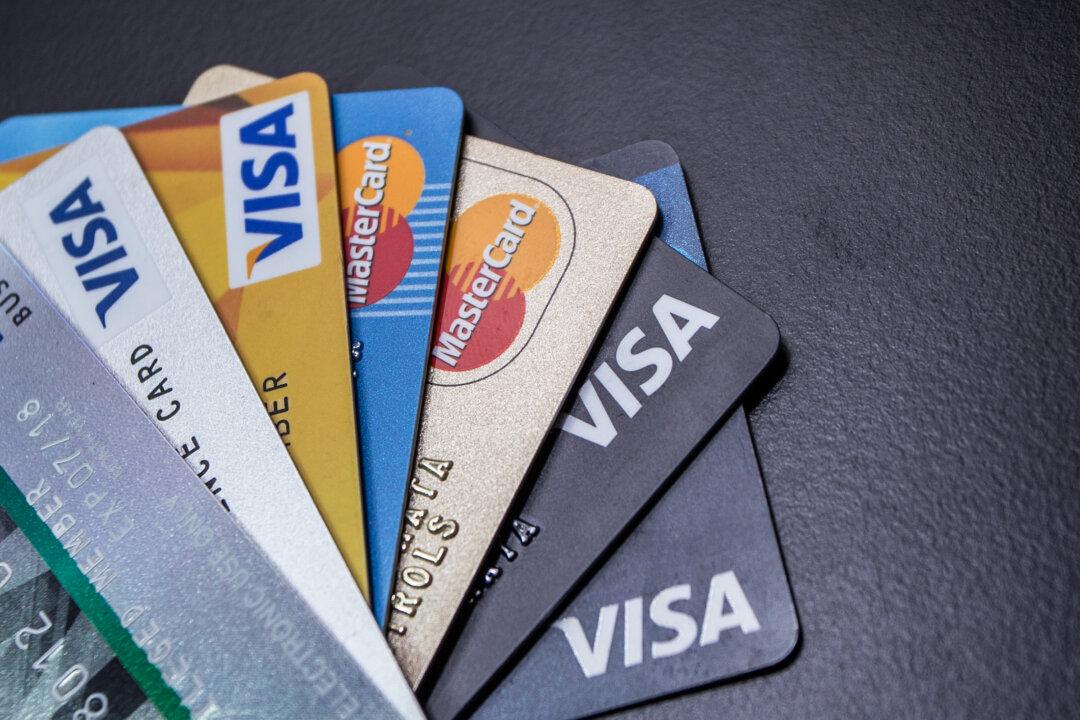Credit card applications are on the rise as more and more Americans deal with soaring inflation and with less cash on hand before the holidays.
Households are spending more on necessities like food, gas, and housing, according to a New York Federal Reserve survey released on Nov. 21.





